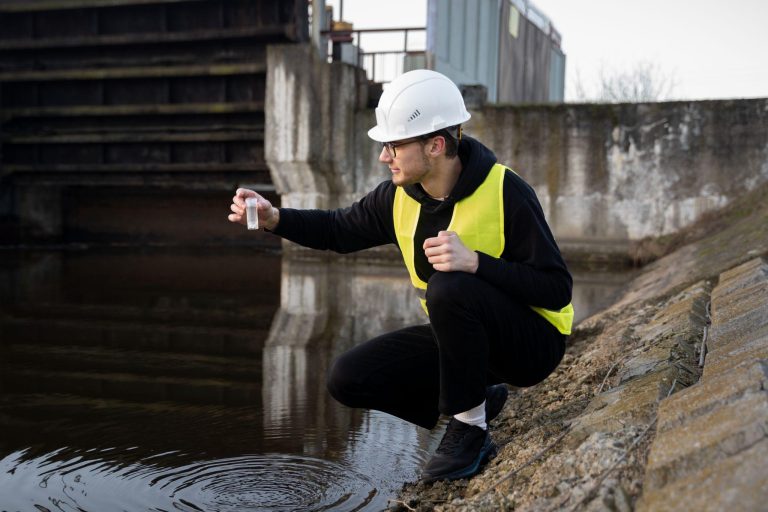Homeowners often focus on aesthetic improvements, overlooking crucial maintenance aspects that ensure safety and longevity. Two key areas often neglected are well inspection and waterproofing. Ignoring these can lead to serious problems, affecting both the structure of the home and the health of its residents.
The Importance of Regular Well Inspection
Water is a vital resource, and for homes with a private well, ensuring the purity and safety of the water is paramount. Regular well inspection is crucial to prevent contamination, maintain water quality, and extend the life of the well components. A professional well inspection can help detect issues such as cracks in the well casing, malfunctioning pumps, and bacterial contamination. These inspections should be a routine part of home maintenance to ensure the water remains safe for consumption and daily use.
During a well inspection, specialists assess various components of the well system. This includes checking the well pump, the integrity of the well casing, water quality, and the operational efficacy of the pressure tank. Early detection of problems not only ensures water quality but also saves money by preventing more severe damage that could necessitate costly repairs or even a complete well replacement.
The Role of Waterproofing in Home Protection
Water damage can undermine the structural integrity of a building, leading to costly repairs and significant health hazards from mold and mildew growth. Effective waterproofing plays a pivotal role in protecting the building from such damage. It prevents water from entering and accumulating within the structure, thereby safeguarding the home against the potential devastation caused by leaks and dampness.
The waterproofing process involves various techniques and materials that block water from penetrating the building’s envelope. This can include the application of sealants, the installation of drainage systems, and the treatment of surfaces to repel water. Homes located in areas prone to heavy rain or flooding, or those with basements, should prioritize waterproofing to prevent the ingress of water, which can lead to extensive damage to the foundation and interior of the home. Visit weirdcourse.com for informative articles and resources.
Combining Well Inspection and Waterproofing
The integration of regular well inspection and robust waterproofing measures can dramatically enhance a home’s safety and durability. While well inspection ensures the health and safety of the water supply, waterproofing protects the physical structure of the home. Together, these practices contribute to a safe, dry, and healthy living environment, protecting the investment made in the property and enhancing its value over time.
Conclusion
Maintaining a home requires attention to many details that are often overlooked. Regular good inspections and effective waterproofing are critical practices that safeguard the home from potential dangers and damages. Homeowners should consider these not as optional, but as essential components of home maintenance. Investing in professional good inspection and waterproofing services can save significant expenses and inconvenience in the future, ensuring that the home remains a safe and pleasant place for years to come.
By addressing these critical aspects, homeowners can significantly mitigate risks and enjoy peace of mind, knowing that their home is not only beautiful but also structurally sound and safe.

